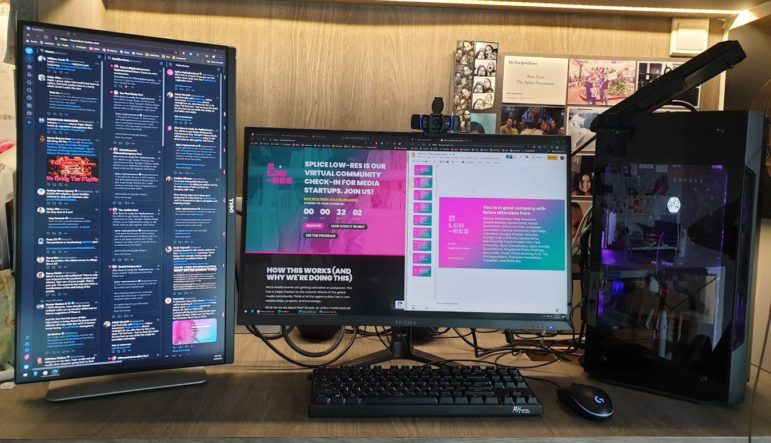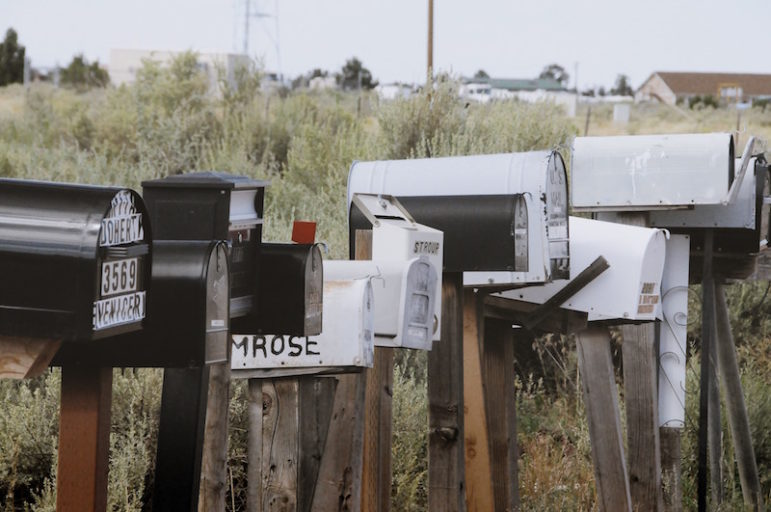

Photo: Shutterstock
10 Tips for Creating a Successful Membership Organization

Photo: Shutterstock
What does it take to be an elite, membership-driven news organization?
There are no silver bullets, no hard-and-fast rules, no magic answers. Instead, making membership work takes a ton of effort, coordination and execution. It takes putting membership at the core of everything you do.
Here are 10 of what I consider to be the essential ingredients, based on years of experience working with consumer revenue in news at the local, state and national US level, at for-profits and nonprofits. These aren’t the only 10 requirements, of course. You may have others; yours may be different entirely or more specific. But it’s useful to think about what it takes to be good so we know what we’re striving to be as an institution. Where are we doing well? Where are we performing poorly?
A practical application of this: Pull your team together and identify the extent to which you have “gaps” in each of these areas. You can do that visually by using Harvey balls, for example, or a numeric tally (say, 1–4, with 1 meaning a monumental gap and 4 being no gap at all). Have your colleagues score your organization, too. Where are you in agreement? Where do you differ? Talk about why.
Then, consider coming back to this exercise after some period of time (say, three to six months). Have you closed the gaps?
Ten Essential Ingredients for Membership
1. Deliver real value.
It’s easy to assume this to be true. But is it really?
- Do local journalism that matters.
- Solve community problems, don’t just identify them.
- Communicate with your audiences, not at them.
- Develop (and continuously improve!) products and services that highlight unique local journalism of the highest quality.
- Connect audiences to you and to each other.
2. Utilize a funnel approach (and scorecard).
It doesn’t matter how good your journalism is or how much value you create if you’re not reaching prospective audiences — intentionally and effectively. It takes discipline to be good at audience building, including: identifying a community of shared interest, deepening connections with potential loyalists, deliberately converting loyalists into paying supporters and keeping paying supporters invested and involved. In other words: Pay equal attention to the top of the funnel (get ’em to come), middle of the funnel (get ’em to stay) and bottom of the funnel (get ’em to pay and get ’em to keep paying).
3. Get everyone involved.
Adopt a “whole enterprise” perspective and cross-functional ownership of results. News, product, marketing and every other team must be in the same boat, rowing in the same direction with a shared set of goals and shared values. “Membership” is everyone’s job. Ditch any notions of news or business “sides.”
4. Get the tech stack right.
Make sure you have a central repository of user data (email, site usage, event attendance, member/donation history, etc.) and employ systems that work seamlessly together, including your content management system (CMS), customer relationship management system (CRM), email service provider (ESP), payment processor, etc.
5. Make decisions based on data.
Metrics, in the absence of insights about what they mean and actions you take to improve based on those insights, are just numbers. Instead:
- Recognize that your gut instinct is valuable and important. But develop a hypothesis-driven culture and continually challenge your own assumptions with data. Understand that the right data can make you smarter, faster and more effective.
- Stay laser-focused on key performance indicators (KPIs) that actually matter.
- Keep track of progress against those KPIs and share them with everyone.
- Test and learn religiously.
- Make quick decisions, without lots of layers of approvals and bureaucracy. Fail fast, fail cheap.
- Recognize that growth doesn’t happen by accident; continually improve based on data/insights and testing results.
6. Obsess over the UX.
Create and continuously improve a compelling, transparent, and frictionless user experience (for your community writ large, your prospective members and your loyal members). Let’s be real: Many news sites, emails and events aren’t the most pleasant experiences. And you may have limited resources to correct these problems. But correct them you must. Every bit, from the homepage and article page to email signups and checkout flows, should be constantly scrutinized, tested and improved. Even the smallest tweaks can make a difference in whether audiences ultimately decide to become members (or stay as such).
7. Maximize return across the demand curve.
Some part of your audience would be willing to contribute tens of thousands to your cause. Many would chip in a buck. Most will be somewhere between. Figuring out how to present the right offer to the right person at the right time is challenging but essential.
- Be deliberate in your approach to pricing/packaging/bundling/tiering to convert audiences of all kinds into paying users, including one-time donors, recurring members and high-dollar supporters.
- Identify all the ways in which you can generate value — financial and otherwise — from your audiences.
- Recognize that, while improving, the notion that journalism is a philanthropic cause is not widely known. It takes considerable effort to explain to regular news consumers that journalism should be considered in the same light as after-school programs and fine arts institutions.
8. Treat members like the gold they are.
Make absolutely certain your members know how much they’re appreciated and that their money is well spent.
- Provide compelling and appropriate member-only benefits. (Note: This doesn’t necessarily — and often shouldn’t — mean physical “swag.”)
- Be good stewards of membership dollars and be transparent about what membership dollars fund.
- Genuinely and routinely thank loyalists and longtime supporters in whatever ways make sense for your organization (personalized appeals, snail mail, email, on-site shout-outs, member-only gatherings, etc.)
9. Bring your community together.
Use real time/space gatherings and virtual ones to bring your audiences together literally and in spirit, with an eye toward making your part of the world a better place. Local news organizations, in particular, should use geographical advantages wherever possible. Live gatherings are an obvious one: Your audiences, and prospective members in particular, often crave the connection to other, say, civically minded folks. Live events can take many forms. All can be excellent ways to bring audiences together, spark conversation, build loyalty and generate revenue. For example:
- News-driven: Topic deep-dives, public forums, live debates, conversations with public figures, conversations with journalists and others.
- Social: Trivia nights, happy hours, comedy events, purely fun activities.
- Fundraising: Ticketed events, black-tie galas, silent auctions, etc.
10. Listen and truly take action.
Lastly, ensure an institutional culture of active listening, responding to member (and prospective member) wants/needs and demand audience attentiveness by everyone on the team. This includes involving your board, your staff and your members to foster connections; insisting staff respond to audience questions, comments, story ideas, etc.; and creating feedback loops with your community. This is a critical step for enabling better storytelling, building trust and beefing up member support.
This post first appeared on Tim Griggs’s Medium site and is reproduced here with permission. Want a “scorecard” for your team to evaluate your gaps? Or a version more tailored for digital subscriptions? Reach out to @HeyTimGriggs.
 Tim Griggs is a consultant and adviser to news organizations around the globe. He’s the project director of the Facebook Membership Accelerator and Facebook Digital Subscription Accelerator programs, a coach in the Knight-Lenfest Newsroom Initiative, co-author of Table Stakes: Getting in the Game of News and an editor/co-creator of the American Press Institute’s Better News hub.
Tim Griggs is a consultant and adviser to news organizations around the globe. He’s the project director of the Facebook Membership Accelerator and Facebook Digital Subscription Accelerator programs, a coach in the Knight-Lenfest Newsroom Initiative, co-author of Table Stakes: Getting in the Game of News and an editor/co-creator of the American Press Institute’s Better News hub.









